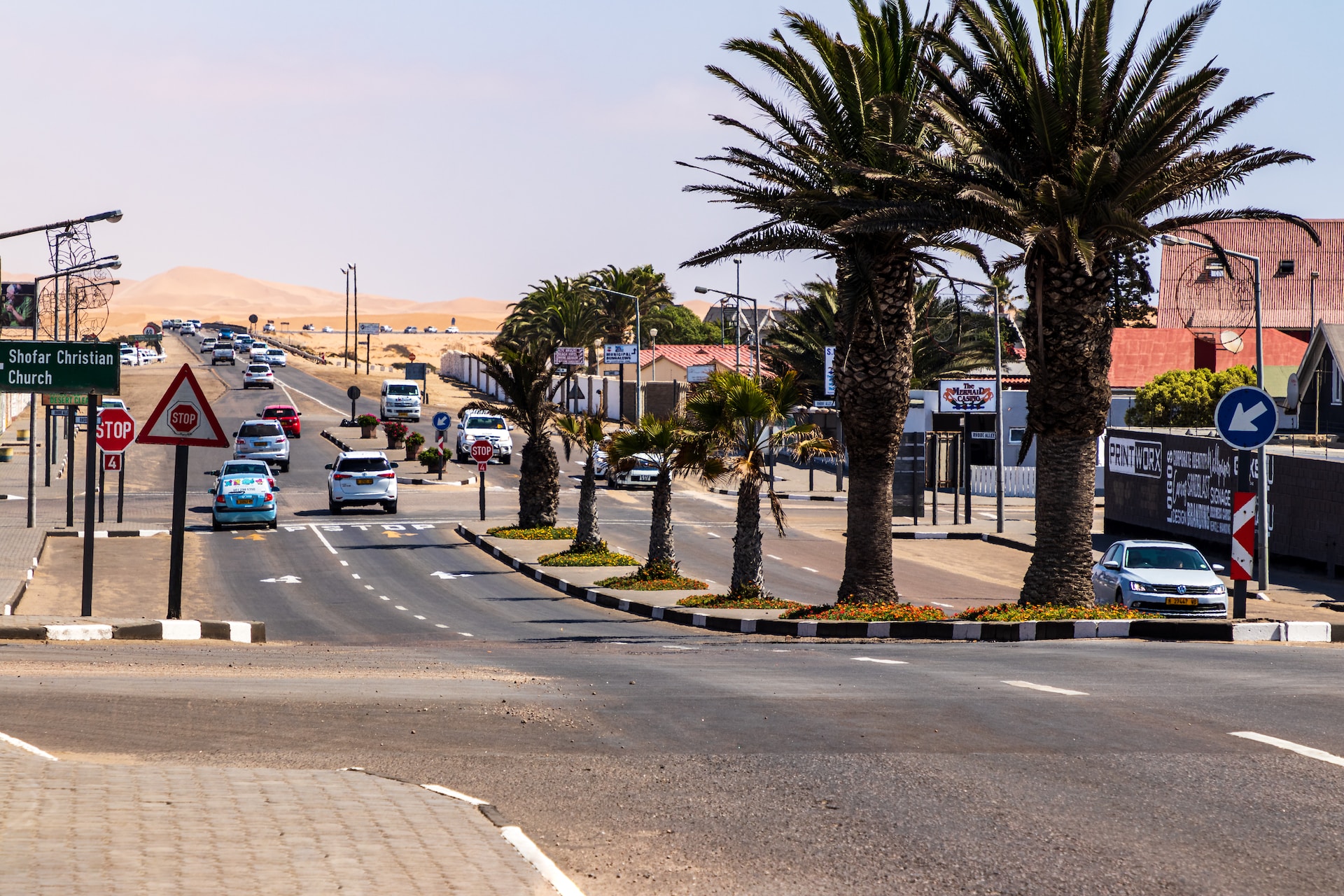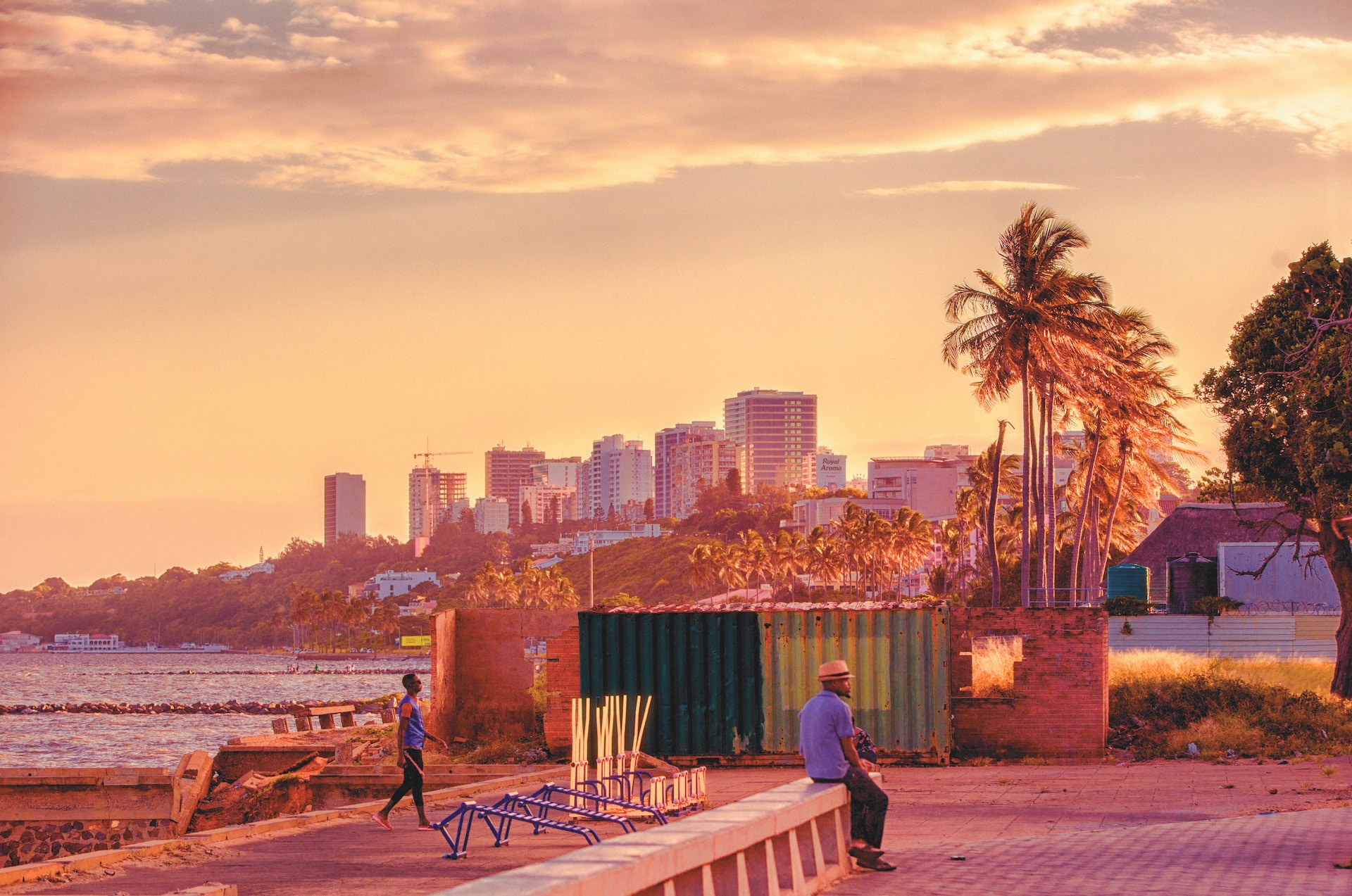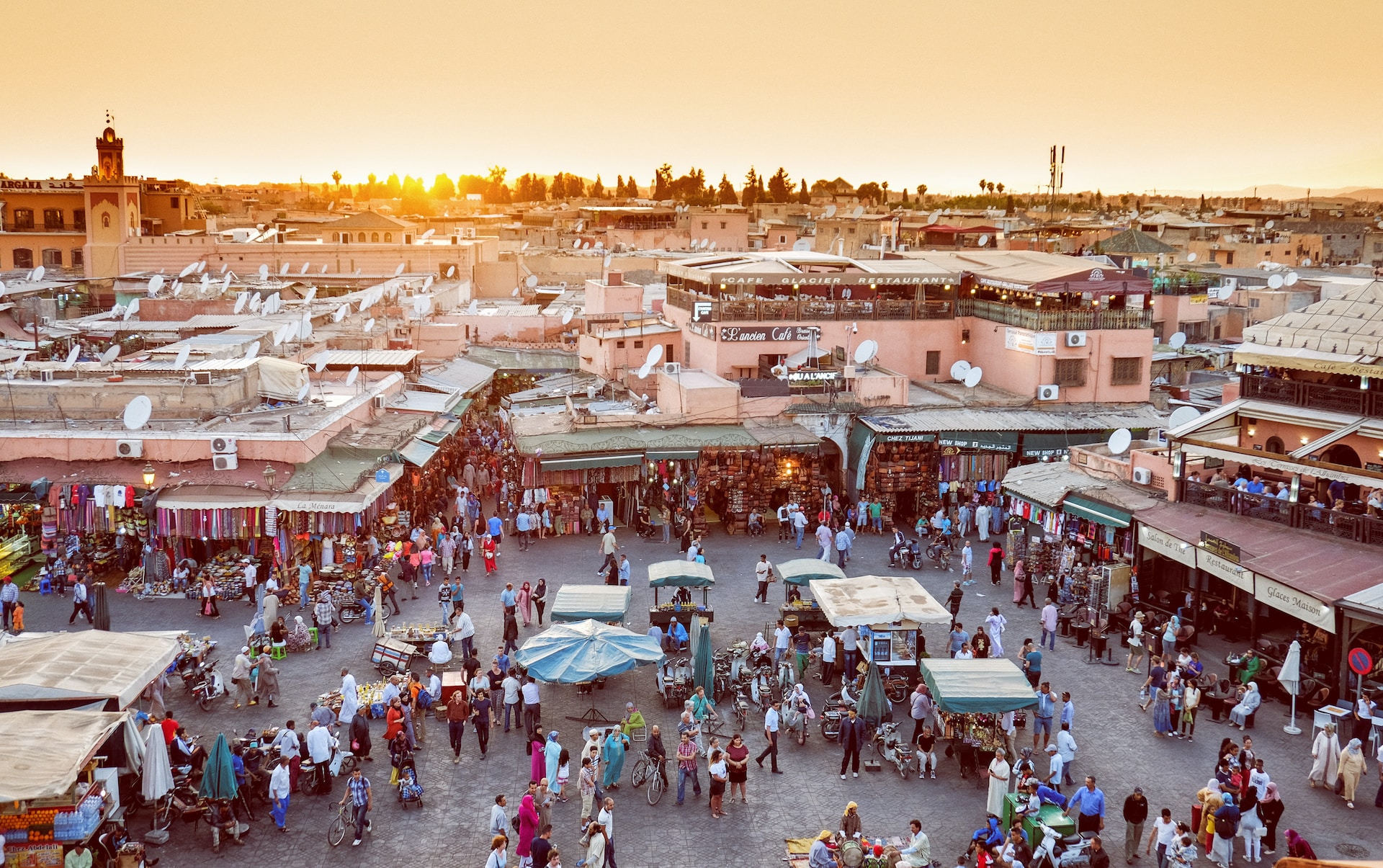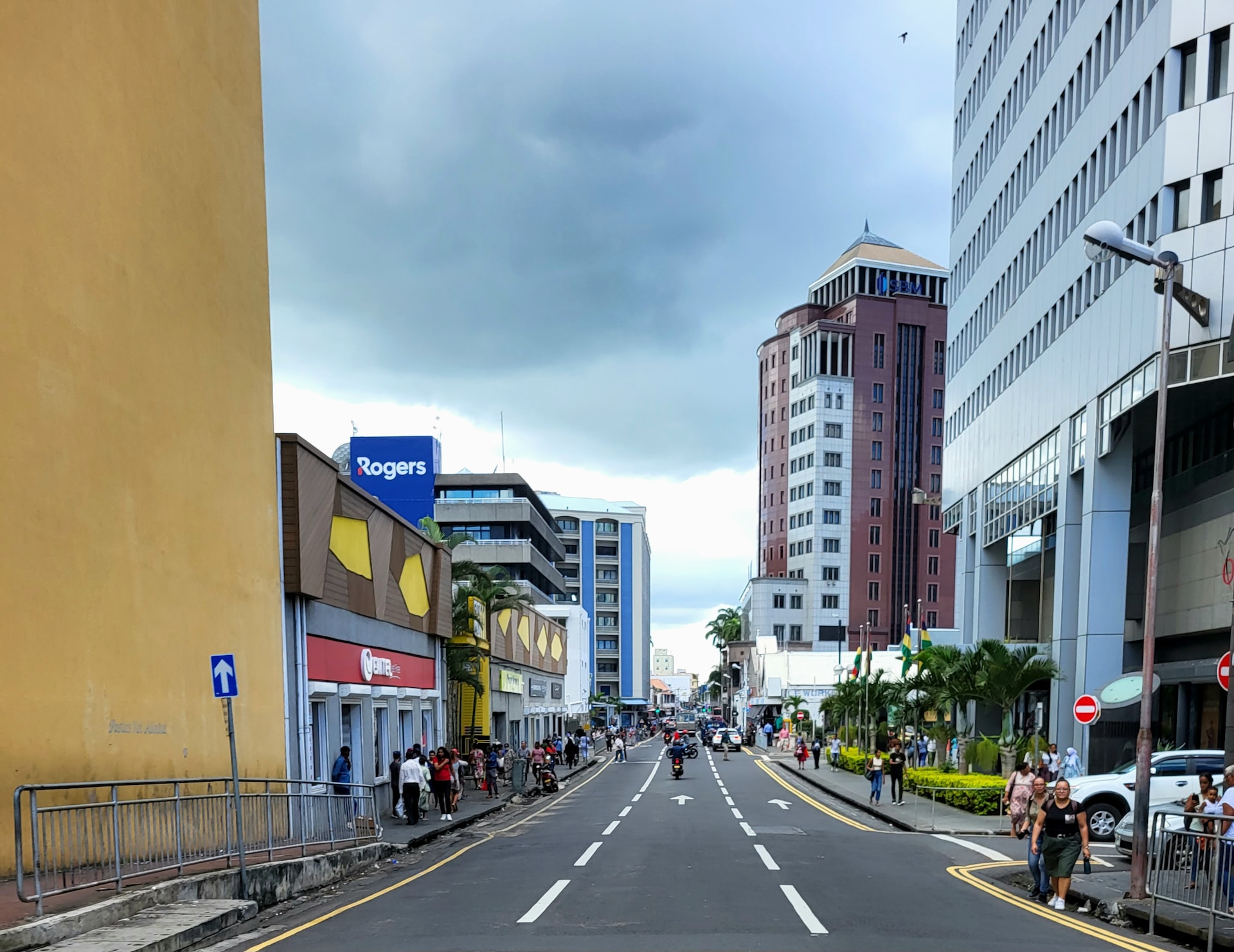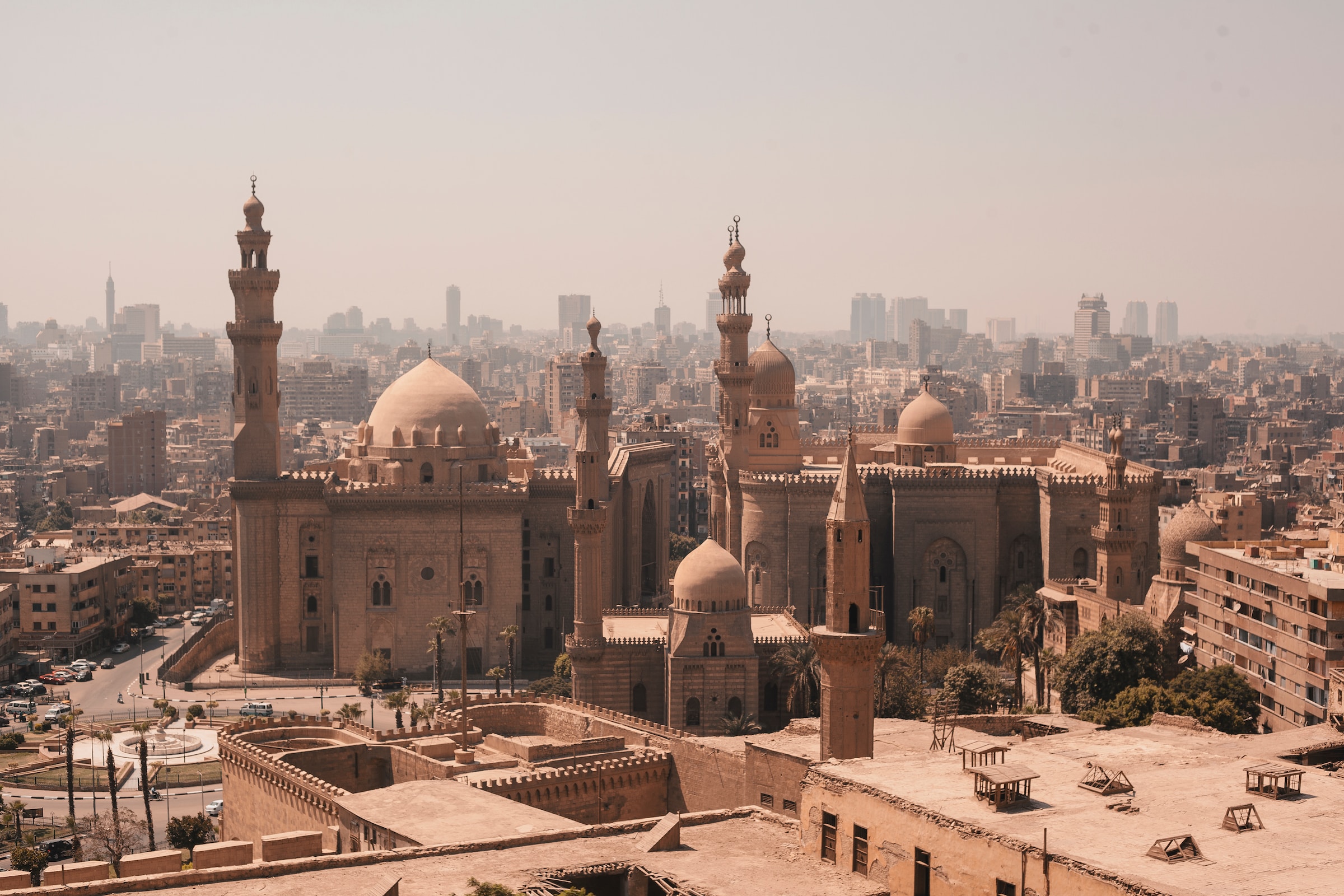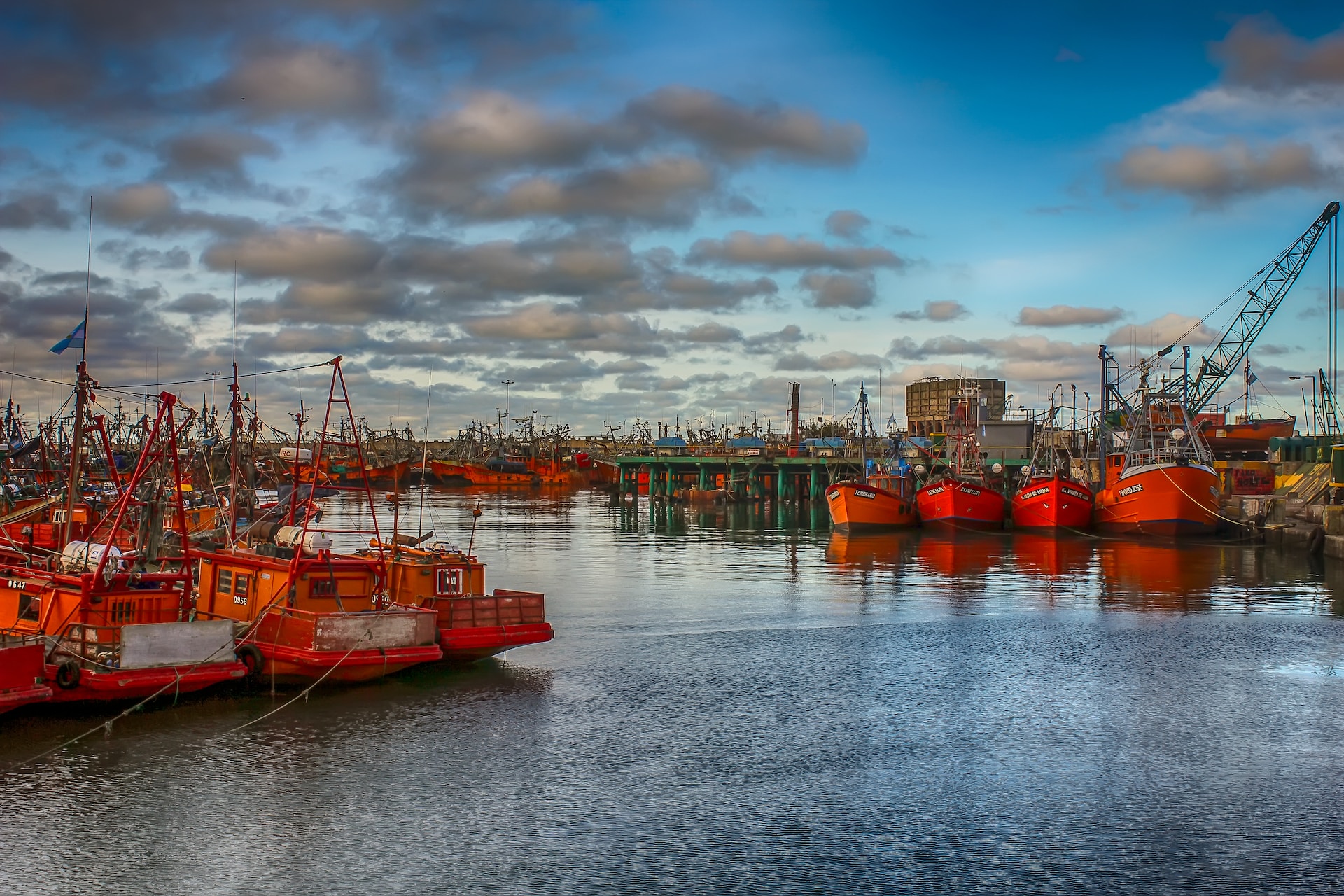Burundi is classified as a low-income country by the World Bank. The World Economic Forum’s (WEF) Enabling Trade Index placed Burundi 131st out of 132 countries, based on institutions, regulations, and services that help countries ease trade. The country is emerging from two decades of civil war, but it is still one of Africa’s poorest. Burundi’s market is somewhat open, but ineffective bureaucracy raises trading costs dramatically. Non-tariff impediments to private sector expansion include a lack of production infrastructure (energy and transportation), a lack of access to long-term finance, a high tax load on businesses, and insufficient business support. Burundi’s agricultural sector, which produces the country’s principal exports of coffee, tea, and beer, is particularly hampered by a lack of infrastructure, which also has a detrimental impact on industry and mining.

Burundi has been a member of the World Trade Organization (WTO) since 1995. Burundi’s trade policy is largely open, in line with the country’s Economic Growth and Poverty Reduction Strategy. In 2012, the average MFN tariff applied was 12.8%, with agricultural exports into the country facing greater barriers (19.8%) than non-agricultural exports (11.7 percent). Burundi joined the East African Community (EAC) in 2007 as part of a regional integration effort and began implementing the common external tariff (CET) in 2009, which is the country’s principal trade policy instrument.
While EAC members have only bound their ad valorem rates, Burundi’s ad valorem prices on specific items are higher than its WTO-bound rates, necessitating a reduction in the CET to WTO compliance levels. In addition, the country is a member of the Economic Community of the Great Lakes Countries (ECGLC), the Economic Community of Central African States (ECCAS), and the Common Market for Eastern and Southern Africa (COMESA) (COMESA). Burundi also has bilateral trade agreements with some nations, including the United States, South Africa, and other EAC members, as well as the European Union (WTO 2012).
EPA
On October 16, 2014, the East African Community (Burundi, Kenya, Rwanda, Tanzania, and Uganda) completed discussions with the EU for an Economic Partnership Agreement (EPA).
The EPA was signed in September 2016 by Kenya and Rwanda, and Kenya has ratified it. The three remaining EAC members must sign and approve the EPA before it can go into effect.
In September 2016, South Sudan became the EAC’s sixth member.
In February 2016, the European Commission presented a proposal to the Council for the conclusion, signature, and provisional application of the full EPA with the East African Community.
EU and the East African Community
Burundi, Rwanda, Tanzania, and Uganda are Least Developed Countries (LDCs) on the UN’s list, whereas Kenya is not.
Except for South Sudan, all members of the East African Community are WTO members.
The EPA between the EU and the EAC encompasses both goods trade and development cooperation. It also includes a chapter on fisheries, which is intended to strengthen collaboration on resource sustainability. In the future, the agreement allows for more agreements on services and trade-related rules.
The agreement follows the EAC Common External Tariff. It prohibits unjustified or discriminatory import and export restrictions. This aids the EAC’s attempts to eliminate non-tariff trade obstacles inside the EAC.
COMESA
The Common Market for Eastern and Southern Africa (COMESA) is an African regional economic community that spans from Tunisia to Eswatini and has twenty-one member states. COMESA was established in December 1994 to replace a 1981-established Preferential Trade Area.
Burundi, along with 14 other COMESA nations, has been a member of the COMESA Free Trade Area since 2004. This presupposes that with customs duties removed, products can circulate freely.

